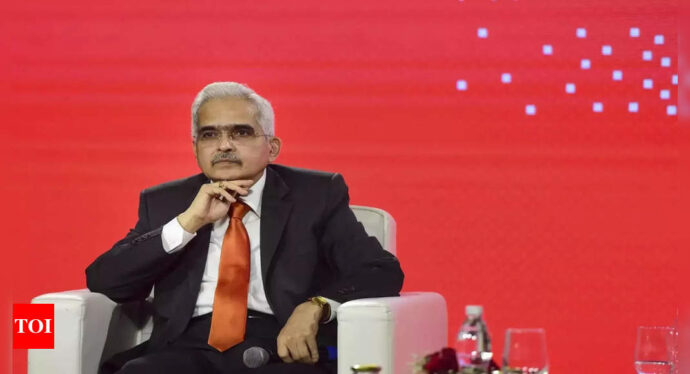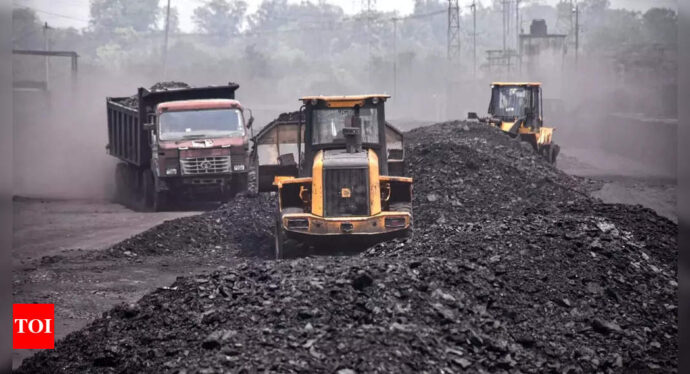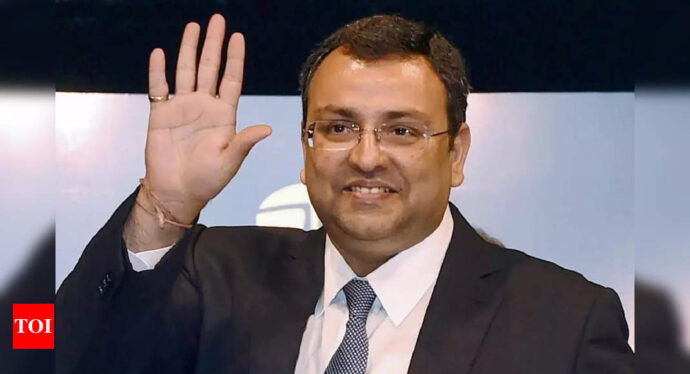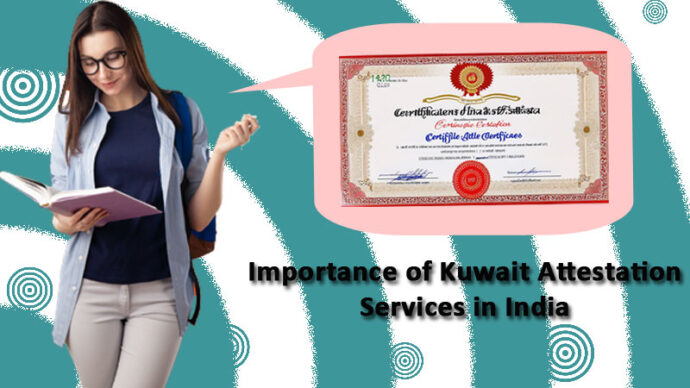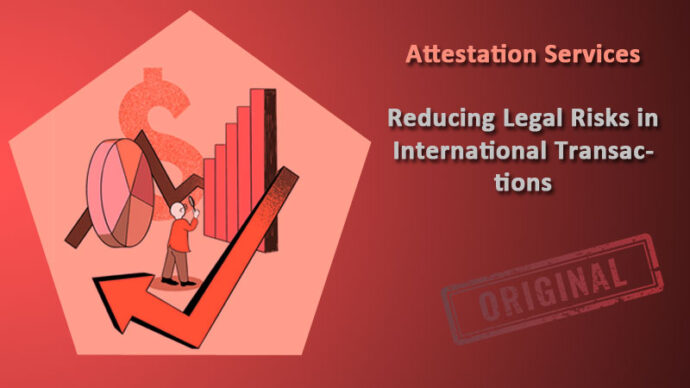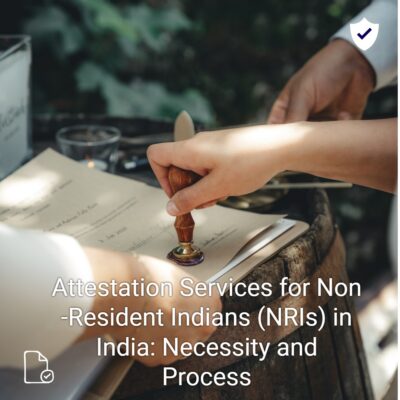scindia: Jyotiraditya Scindia unveils air sports policy; country to become hub for same by 2030 – Times of India
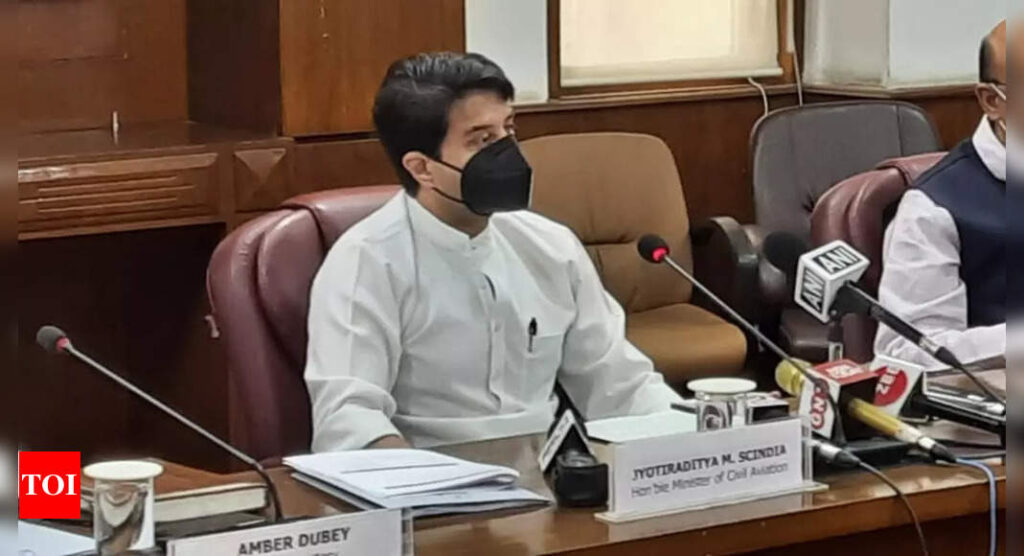
NEW DELHI: In a major push to aero-sports in India, the government on Tuesday announced a policy in this regard. Union aviation minister J M Scindia launched the National Air Sports Policy 2022 that covers activities like air-racing, aerobatics, aeromodelling, hang gliding, paragliding, paramotoring and skydiving.
“India has the potential to be among the leading nations in the world of air sports by 2030. It has a large geographical expanse, diverse topography and fair weather conditions. However, all the activities will need to be preformed under strict safety norms as there is an element of risk involved. We will also develop India as the manufacturing hub for material used for aero-sports,” Scindia said. He said currently Rs 80-100 crore is generated annually as revenue from air sports and the figure can rise 10 times soon.
The policy as of now covers: aerobatics, aeromodelling and model rocketry, amateur-built and experimental aircraft, ballooning, drones, gliding and powered gliding, hang gliding and powered hang gliding, parachuting (including skydiving, BASE1 jumping and wingsuits), paragliding and paramotoring (including powered parachute trikes), powered aircraft (including ultralight, microlight and light sports aircraft) and rotorcraft (including autogyro).
“The list of air sports may be modified from time to time, as may be deemed necessary by the competent authority. The coverage of NASP 2022 will include vintage aircraft in each air sport, where applicable,” the policy says.
There will be a four-tier governance structure for air sports in India with the Air Sports Federation of India (ASFI) as the apex governing body under the aviation ministry”, followed by national associations for individual air sports or a set of air sports. Then there will be regional or state/UT level units of the national air sports associations. District-level air sports associations will be the fourth level.
“The long term funding for development of air sports in India shall come from corporate investors, sponsors, membership fees, events and media rights. ASFI may seek financial support from government for promotion of air sports, especially in the initial years,” it says.
“The armed forces of India, Central Armed Police Forces (CAPF) and various state police forces have excellent training facilities, equipment and instructors for air sports. ASFI will engage with the ministries of defence and home affairs and State police forces to explore opportunities for extending their facilities to the public on a reasonable fee basis; without compromising on quality, safety, national security and operational requirements of the forces,” the policy says.
It calls for laying down safety guidelines as “air sports involve a higher level of risk than flying a regular aircraft” along with punishment for violating the same. “No person or entity involved in air sports shall violate the right of way of a civil or military aircraft.”
The GST rate on purchase of air sport equipment is between 18% and 28%. Balloons, gliders and other non-powered aircraft and their spares are levied a GST rate of 18%. “To make air sports affordable to the common public, the Government may request the GST Council to consider rationalising the GST rate on air sports equipment to 5% or less. The Government may consider a PLI Scheme for domestic manufacturing of air sports equipment under the Atmanirbhar Bharat Abhiyan. The PLI may be linked to value addition made in India,” it adds.
“India has the potential to be among the leading nations in the world of air sports by 2030. It has a large geographical expanse, diverse topography and fair weather conditions. However, all the activities will need to be preformed under strict safety norms as there is an element of risk involved. We will also develop India as the manufacturing hub for material used for aero-sports,” Scindia said. He said currently Rs 80-100 crore is generated annually as revenue from air sports and the figure can rise 10 times soon.
The policy as of now covers: aerobatics, aeromodelling and model rocketry, amateur-built and experimental aircraft, ballooning, drones, gliding and powered gliding, hang gliding and powered hang gliding, parachuting (including skydiving, BASE1 jumping and wingsuits), paragliding and paramotoring (including powered parachute trikes), powered aircraft (including ultralight, microlight and light sports aircraft) and rotorcraft (including autogyro).
“The list of air sports may be modified from time to time, as may be deemed necessary by the competent authority. The coverage of NASP 2022 will include vintage aircraft in each air sport, where applicable,” the policy says.
There will be a four-tier governance structure for air sports in India with the Air Sports Federation of India (ASFI) as the apex governing body under the aviation ministry”, followed by national associations for individual air sports or a set of air sports. Then there will be regional or state/UT level units of the national air sports associations. District-level air sports associations will be the fourth level.
“The long term funding for development of air sports in India shall come from corporate investors, sponsors, membership fees, events and media rights. ASFI may seek financial support from government for promotion of air sports, especially in the initial years,” it says.
“The armed forces of India, Central Armed Police Forces (CAPF) and various state police forces have excellent training facilities, equipment and instructors for air sports. ASFI will engage with the ministries of defence and home affairs and State police forces to explore opportunities for extending their facilities to the public on a reasonable fee basis; without compromising on quality, safety, national security and operational requirements of the forces,” the policy says.
It calls for laying down safety guidelines as “air sports involve a higher level of risk than flying a regular aircraft” along with punishment for violating the same. “No person or entity involved in air sports shall violate the right of way of a civil or military aircraft.”
The GST rate on purchase of air sport equipment is between 18% and 28%. Balloons, gliders and other non-powered aircraft and their spares are levied a GST rate of 18%. “To make air sports affordable to the common public, the Government may request the GST Council to consider rationalising the GST rate on air sports equipment to 5% or less. The Government may consider a PLI Scheme for domestic manufacturing of air sports equipment under the Atmanirbhar Bharat Abhiyan. The PLI may be linked to value addition made in India,” it adds.
